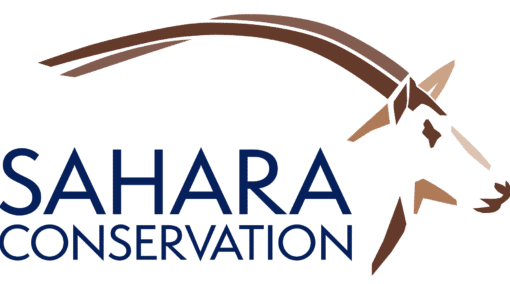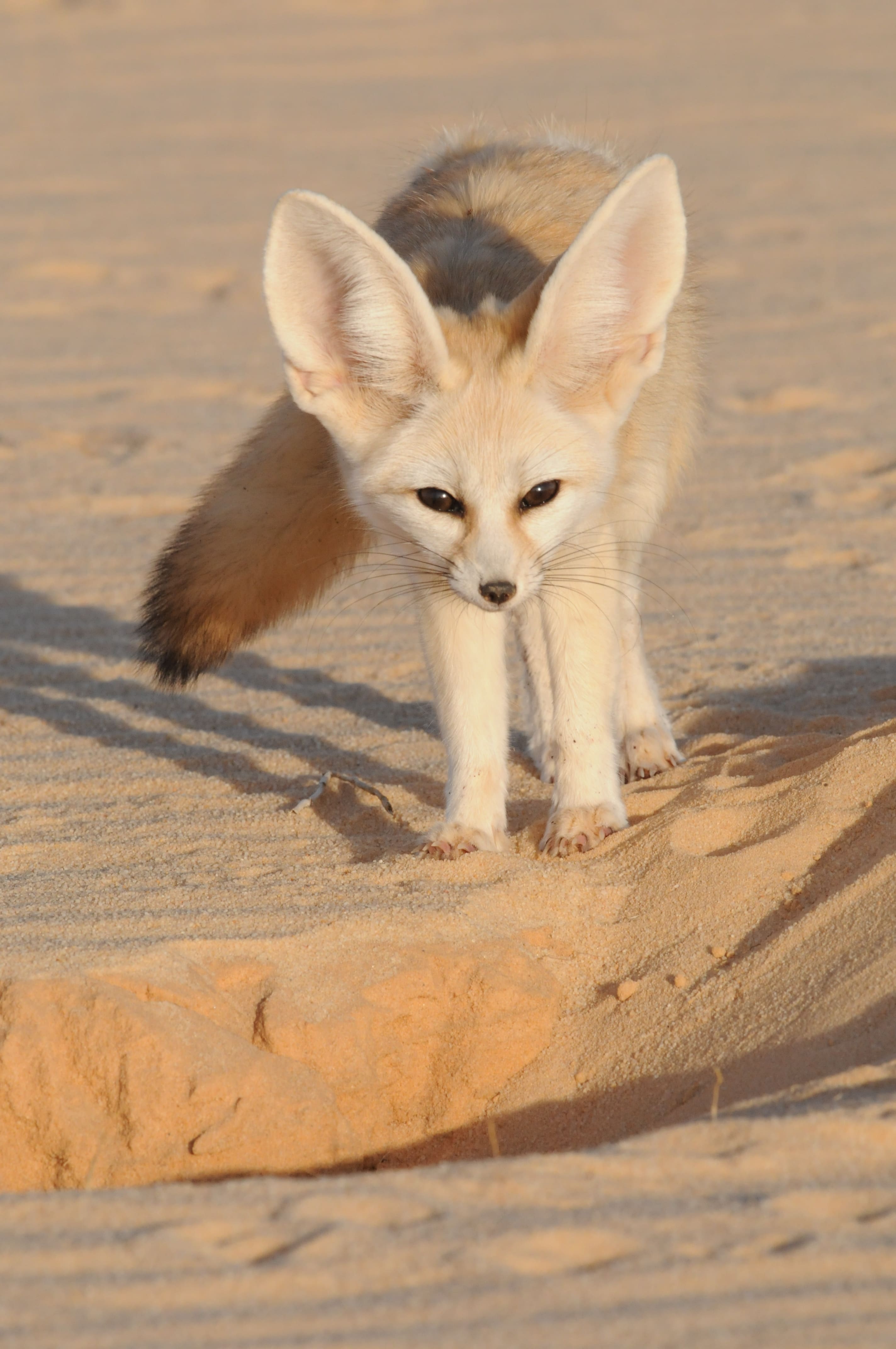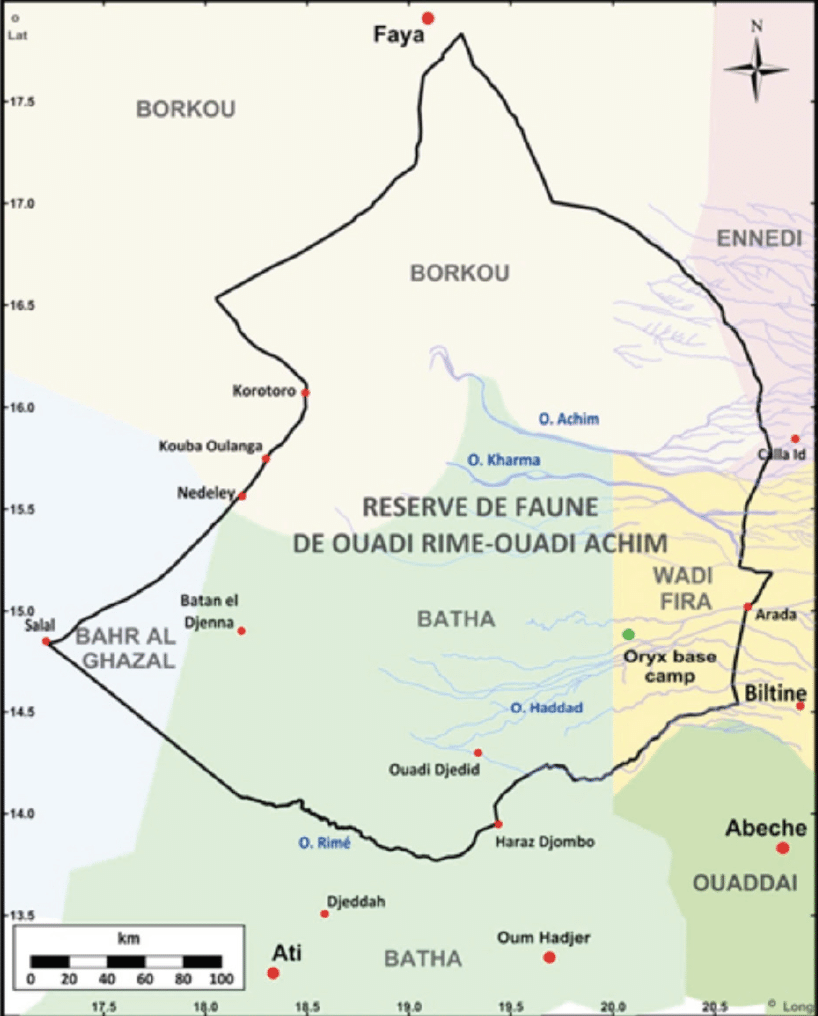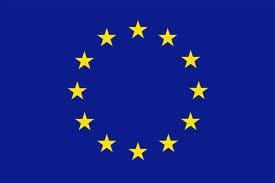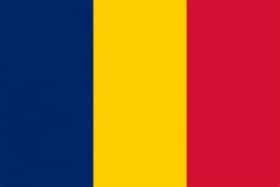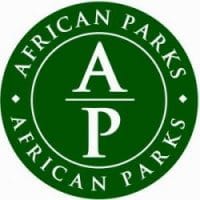Sahara Conservation has been working with the Chadian authorities to conserve the biodiversity of the Ouadi Rimé-Ouadi Achim Wildlife Reserve (OROAWR) since 2001. Various missions and studies have shown the need to improve the management of the OROA wildlife reserve and the management of its biodiversity.
In 2015, Sahara Conservation and its partners began the reintroduction of the Scimitar-horned Oryx (Oryx dammah). The long-term success of this reintroduction and its extension to other species is based on effective and sustainable management of the OROAWR.
In 2016, the Ministry of the Environment of Chad and Sahara Conservation signed a Memorandum of Understanding, aimed at "strengthening relations between this Ministry, through the Directorate of Wildlife Conservation and Protected Areas ( DCFAP), and Sahara Conservation, for the conservation of wildlife, habitats and the natural heritage of the Sahara and Sahel in Chad."
